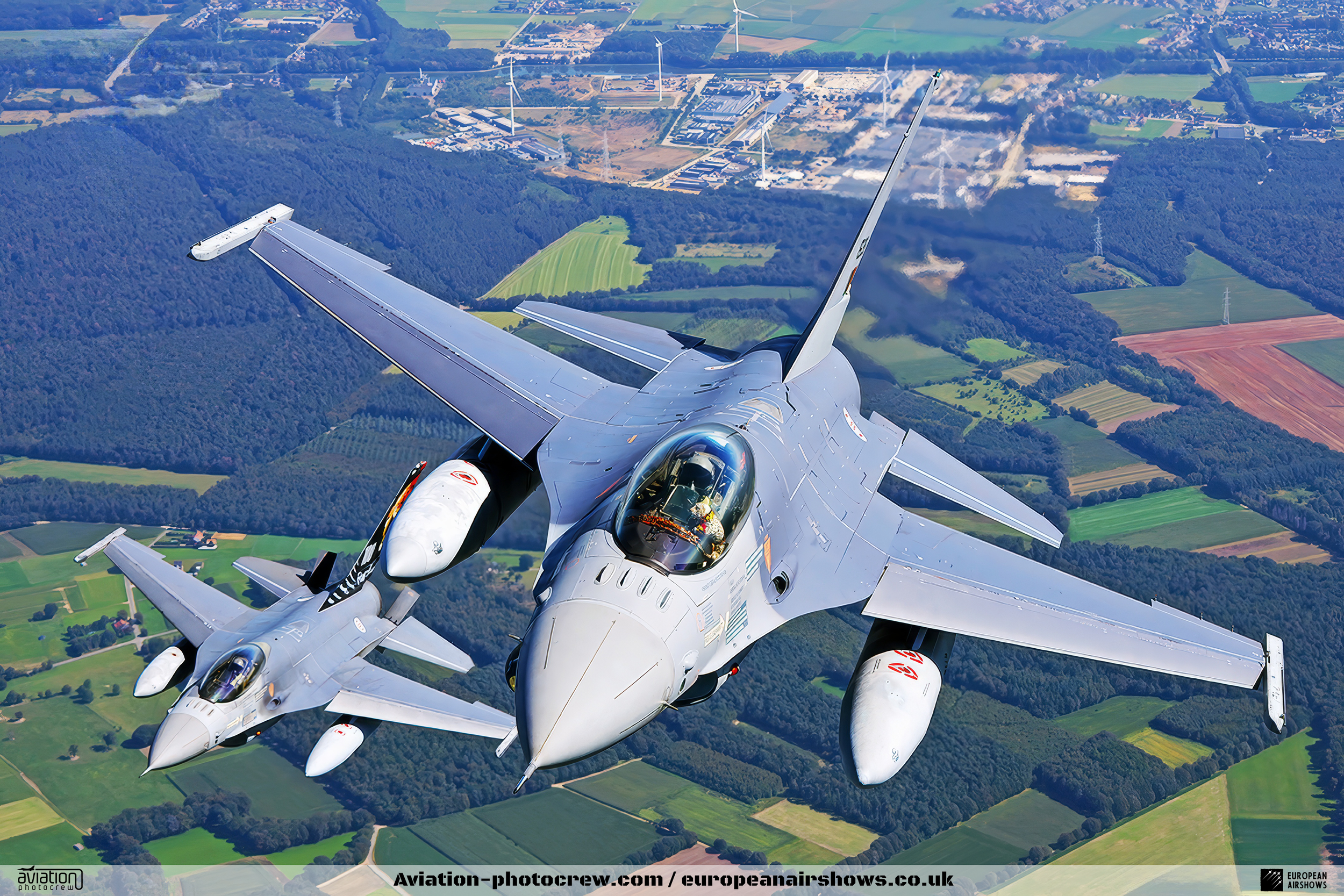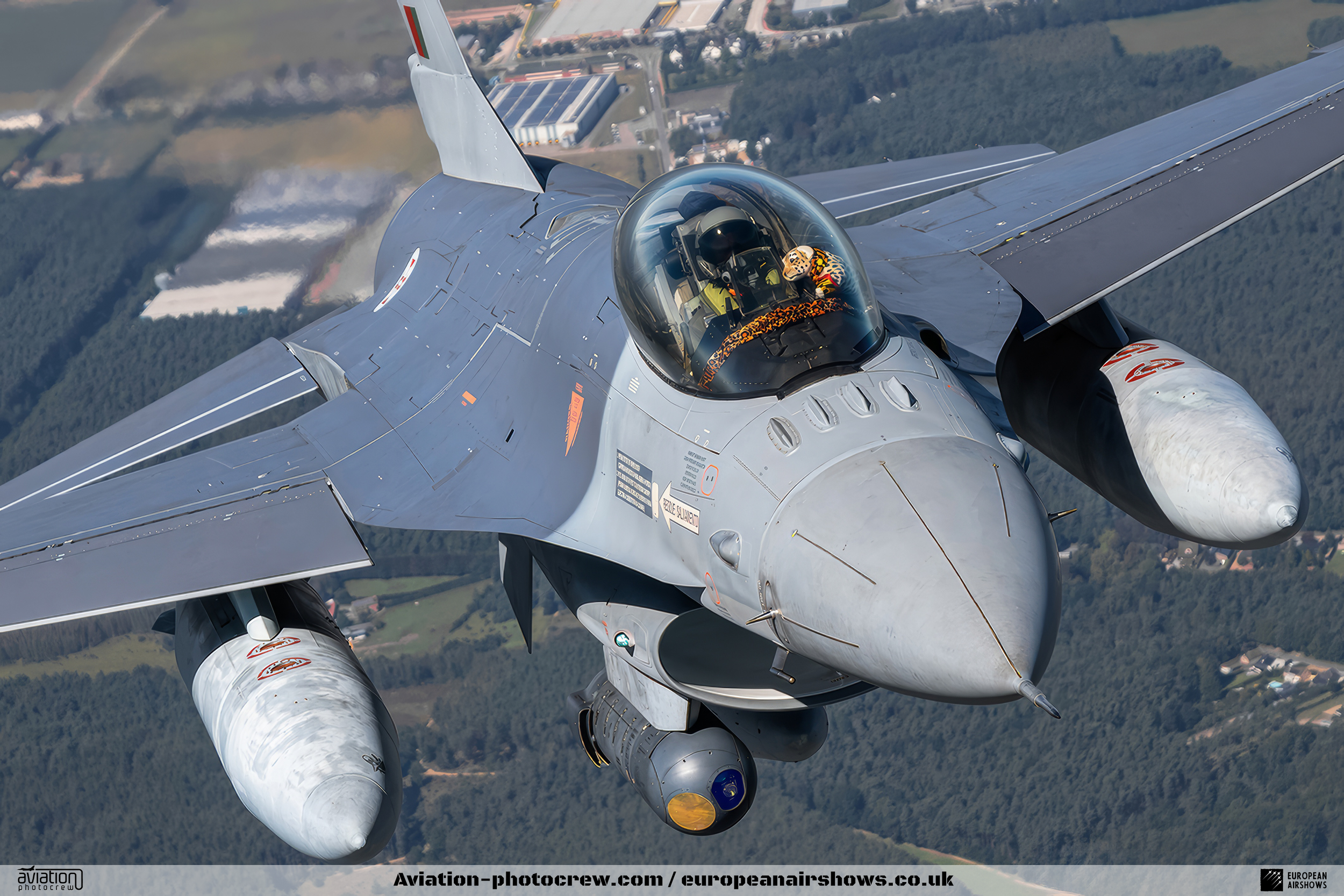
July 1 / Portuguese Air Force Founded
Founded 1 July 1952
Portuguese Air Force
The history of the Portuguese Air Force (Força Aérea Portuguesa, FAP) is a comprehensive narrative that spans over a century, reflecting the broader evolution of military aviation and Portugal’s strategic imperatives. The origins of Portuguese military aviation date back to the early 20th century, with the establishment of initial aviation services within the Army and Navy.
In 1912, the Portuguese Army founded the Aeronautical Service of the Army (Serviço Aeronáutico do Exército), marking the nation’s first foray into military aviation. This period was characterized by the procurement of early aircraft and the training of pioneering military pilots. Concurrently, the Portuguese Navy developed its own aviation branch, underscoring the dual pathways of aviation development within Portugal’s armed forces.
During World War I, Portugal, though not a major belligerent, recognized the strategic importance of aviation. Portuguese pilots and aircraft were engaged in reconnaissance and support missions, primarily aiding Allied operations. The interwar period saw efforts to consolidate and advance military aviation, with significant strides in technology and pilot training.
The modern Portuguese Air Force was officially established on July 1, 1952. This milestone represented the unification of the Army and Navy’s aviation services into a single, independent branch of the Portuguese Armed Forces. The creation of the FAP was part of a global trend towards the centralization and specialization of air power, reflecting the increasing importance of air superiority in modern warfare.
During the Cold War, Portugal’s status as a founding member of NATO in 1949 had a profound impact on the development of the FAP. The alliance facilitated the modernization of Portugal’s air capabilities through the acquisition of advanced aircraft and training from NATO allies. The Portuguese Air Force played a crucial role in the defence strategy of the Western bloc, particularly in the Azores, which were of strategic significance for transatlantic operations.
The 1960s and 1970s were dominated by the Portuguese Colonial Wars in Africa, where the FAP was heavily engaged. The Air Force conducted various operations in Angola, Mozambique, and Guinea-Bissau, including troop transport, medical evacuation, and combat missions. These conflicts tested the operational readiness and adaptability of the FAP under challenging and diverse conditions.
The Carnation Revolution in 1974, which led to the end of the Estado Novo regime and the decolonization of Portuguese territories, marked a significant turning point for the FAP. The focus shifted from colonial engagements to integrating more closely with NATO and European defence structures. The subsequent decades saw further modernization efforts, including the acquisition of advanced aircraft such as the F-16 Fighting Falcon, which became a cornerstone of the FAP’s capabilities. The Air Force also expanded its roles to include humanitarian missions, search and rescue operations, and participation in international peacekeeping efforts.
In the 21st century, the Portuguese Air Force has continued to evolve, embracing new technologies and expanding its operational scope. The FAP has participated in various international missions, including NATO operations in the Balkans, Afghanistan, and Libya. The Air Force has also focused on enhancing its capabilities in areas such as unmanned aerial vehicles (UAVs), cyber defence, and space operations.
Today, the Portuguese Air Force is a modern and versatile branch of the military, equipped with a range of aircraft, including fighter jets, transport planes, helicopters, and training aircraft. The FAP is organized into several wings and squadrons, each specializing in different aspects of air operations, from air defence to maritime patrol.
The history of the Portuguese Air Force is a rich tapestry that mirrors the broader geopolitical and technological changes of the past century. From its early days as separate army and navy aviation units to its current status as a key component of Portugal’s national defence and international commitments, the FAP has demonstrated adaptability, resilience, and a commitment to excellence in military aviation. As it looks to the future, the Portuguese Air Force continues to play a vital role in ensuring Portugal's security and sovereignty while also contributing to global peace and stability.
Portuguese Air Force Facts
First Transatlantic Flight: The Portuguese Air Force’s precursor, the Naval Aviation Service, achieved a significant milestone in 1922 when two Portuguese naval aviators, Gago Coutinho and Sacadura Cabral, completed the first aerial crossing of the South Atlantic from Lisbon to Rio de Janeiro. This historic flight demonstrated the potential of longer-range aviation and was a considerable achievement for its time.
Role in the Carnation Revolution: The Portuguese Air Force played a subtle but crucial role in the Carnation Revolution of April 25, 1974, which led to the fall of the Estado Novo regime. Although the FAP did not engage in direct combat, it provided essential logistical support and helped maintain order during this peaceful coup.
Strategic Importance of the Azores: The Azores archipelago, an autonomous region of Portugal, has been a strategic asset for the Portuguese Air Force. During World War II and the Cold War, the Azores served as a critical refueling and staging point for transatlantic flights and NATO operations, significantly enhancing the strategic reach of the FAP.
Operation “Fénix”: In 1999, during the East Timor crisis, the Portuguese Air Force conducted Operation “Fénix,” a humanitarian mission to evacuate Portuguese citizens and other foreign nationals from the conflict zone. This operation showcased the FAP’s capability to conduct complex international evacuations under challenging conditions.
F-16 Mid-Life Upgrade Program: The Portuguese Air Force has been proactive in modernizing its fleet. The F-16 Mid-Life Upgrade (MLU) program, initiated in the early 2000s, significantly enhanced the capabilities of the FAP’s F-16 Fighting Falcon aircraft, equipping them with advanced avionics, radar systems, and weaponry.
Participation in Baltic Air Policing: The Portuguese Air Force has been an active participant in NATO’s Baltic Air Policing mission, which aims to secure the airspace of the Baltic States (Estonia, Latvia, and Lithuania). The FAP has deployed its F-16s to the region multiple times, demonstrating its commitment to collective defense and NATO solidarity.
Space Operations: While not widely known, the Portuguese Air Force has been involved in space-related activities. The FAP collaborates with national and international organizations on space surveillance and tracking, contributing to Portugal’s growing interest and capabilities in space operations.
Search and Rescue Excellence: The Portuguese Air Force is renowned for its search and rescue (SAR) operations. The FAP’s 751 Squadron, known as the “Pumas,” operates EH-101 Merlin helicopters and has conducted numerous high-profile SAR missions in the Atlantic Ocean, often under extreme weather conditions.
Environmental Initiatives: The Portuguese Air Force is committed to environmental sustainability. The FAP has implemented various initiatives to reduce its environmental footprint, including energy-efficient infrastructure, waste management programs, and efforts to minimize the environmental impact of its operations and training activities.
Pilot Training Program: The Portuguese Air Force has a comprehensive and rigorous pilot training program. The FAP’s Air Force Academy (Academia da Força Aérea) provides extensive training to future pilots, including theoretical instruction, simulator training, and practical flight experience. The academy’s graduates are well-prepared to operate a wide range of aircraft in various mission profiles.









